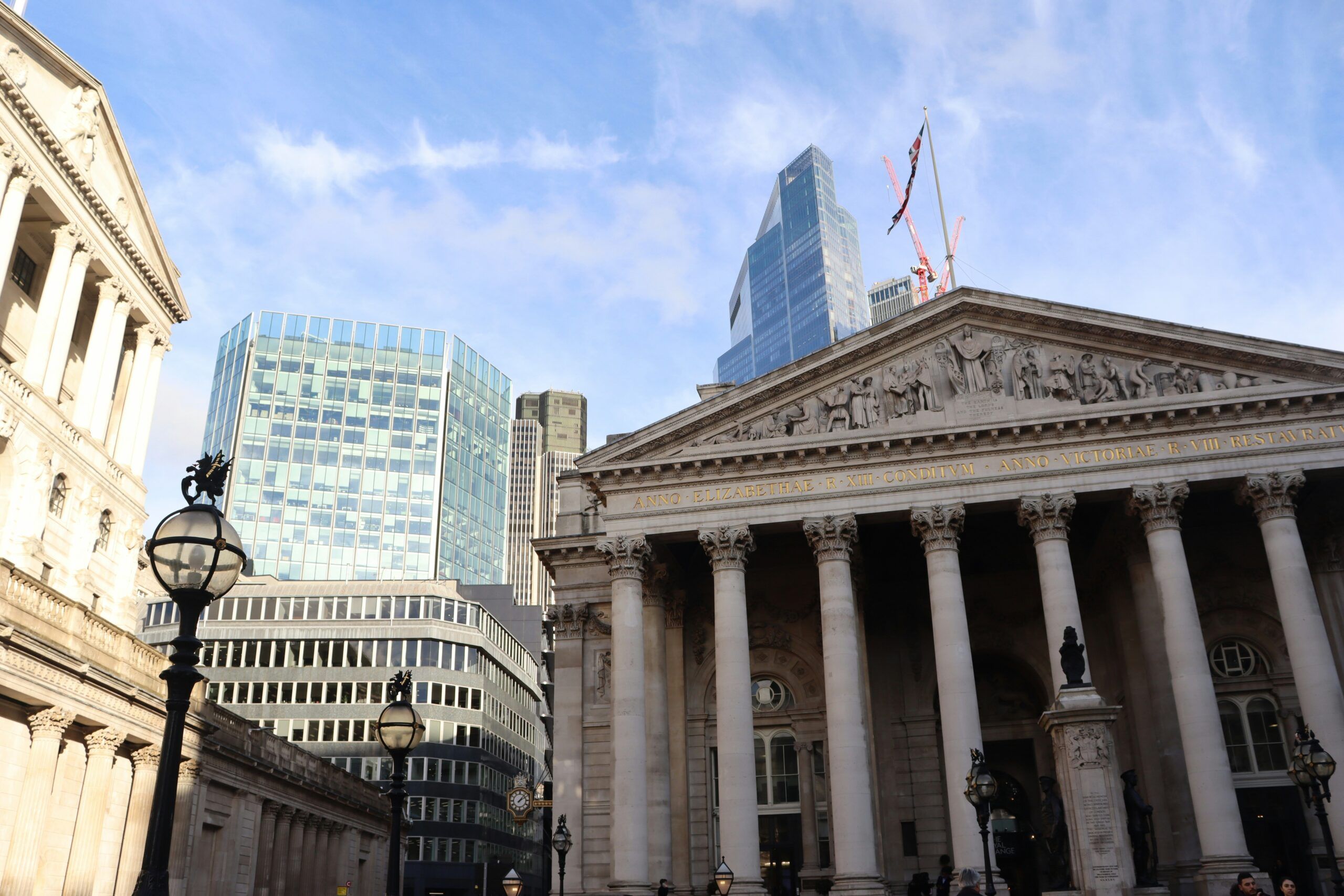In line with his election promises, President Trump has marched forward imposing global tariffs on all America’s trading partners, with some countries seeing a 10% tariff, others such as the EU (European Union) being hit with 25% tariffs, and Cambodia topping the list with a whopping 49%. Tariffs have now been returned to 10% across the board apart from China, where tariffs have been increased to 125%, as the announcement of the U-turn came 13 hours after the new tariffs came into effect. However, due to the unpredictability of the Trump2 administration, what happens in 90 days is anybody’s guess.
President Trump has suggested that the pause on tariffs is to give America’s trading partners (except China) time to reassess by making trade deals (or other deals) in order to avoid punitive tariffs. The White House has announced that they want their trading partners to reduce their own tariffs and remove barriers to trade* as such barriers have resulted in the U.S. deficit and should be eliminated. Both Canada and Mexico were not subject to these reciprocal tariffs as they were subject to a 25% tariff regarding illegal immigrants and drugs. However, imports covered by NAFTA (North American Free Trade Agreement) are exempt.
*Barriers to Trade – These barriers are non-tariff and include:
Regulation – Any rules which dictate how a product can be manufactured, handled, or advertised.
Rules of origin – Rules which require proof of which country goods were produced in.
Quotas – Rules that limit the amount of a certain product that can be sold in a market.
Equities
Global markets saw an upward swing not seen for many decades thanks to the 90-day tariff pause, with stocks climbing across the globe. From an equities standpoint the market saw its best rally since 2008 with the tech-heavy Nasdaq 100 rebounding 12%, the S&P 500 Index gaining 9.5%, and the Dow Jones jumping nearly 2,500 points. Europe saw Germany’s DAX rise 7%, Spain’s IBEX 35 up 7.2%, France’s CAC 40 up 6.4%, the pan continental STOXX 600 up 5.3% and the UK’s FTSE 100 up by 6.2%.
Elsewhere in the Far East and Asia, and in response to the 90-day moratorium on tariffs, Japan’s benchmark NIKKEY 225 led the way soaring upwards by 8.8% (gaining over 2,000 points), Hong Kong’s was up 2.69%, Thailand’s SET index surged 4.5% and the Shanghai Composite Index gained 1.29% despite the increase in tariffs on China.
Interestingly, on President Trump’s social media, he announced a buy tip BEFORE announcing the pause on tariffs, making money for all those investors who took his advice. This has caused outrage and concern among ethics experts and opposition politicians who feel that such an announcement is tantamount to giving inside information and is a violation of securities laws.
However, a spokesperson from the White House fired back that the President has every right to reassure the markets, no doubt political opponents will not let this one go, especially as U.S. Senator Elizabeth Warren said, “I am calling for an investigation into whether President Trump manipulated the market to benefit his wall street donors – all while working people and businesses paid the price”.
The US Government bond market (treasuries) has recently seen massive sell offs despite the fact that this market has always been seen as a safe haven in times of volatility and globally there have been massive falls in stock exchanges and bourses throughout the world. This suggests that after the announcement of the fresh wave of tariffs, the U.S. usually viewed as a cornerstone of the global economy has lost the confidence of many investors.
As the price of US government bonds fall, the yield or interest rate rises, which also means that the cost of financing the United States’ debt also rises, and on Wednesday, 10th April, the benchmark 10-year treasury moved to 4.516% and at one stage the 30-year bond hit 5%, being the highest since late 2023. The moves in the treasury markets had, apparently according to experts, caught the President’s eye and may have been one of the reasons he chose to pause tariffs.
China
Whilst the rest of the trading world with the United States enjoyed a 90-day pause on tariffs, President Trump hiked tariffs on China by a massive 125%, saying on a social media post, “based on the lack of respect that China has shown to the world’s markets, I am hereby raising the tariff charged to China”. The decision by President Trump to escalate the tariff war on China came after Beijing announced retaliatory tariffs of 84% on imports of all American goods, but Trump expects China to come to the negotiating table despite their hard line approach to tariffs.
Experts suggest that this is just not simple retaliation by President Trump but more like unfinished business from the Trump1 administration and he was quoted as saying with regards to China, “We didn’t have time to do the right thing”. Furthermore, when Trump was campaigning as an outsider for his first successful stint in the White House, one of his oft repeated themes was that China is responsible for hollowing out the American economy, driven rustbelt decline, and cost blue collar workers their livelihood and dignity.
Unless these two economic powerhouses back down, the the whole scenario will devolve into a full scale trade war hurting a bilateral trade worth circa USD 585 Billion, and this is the crux of the matter, of that USD 585 Billion America’s imports from China accounted for USD 440 Billion. Figures released by the IMF (International Monetary Fund) show the U.S.A. and China account for circa 43% of the global economy and if an all-out trade war ensued this would slow down growth in both countries, (experts suggest perhaps recession) and harm growth in other countries and slowing down global investment.
Conclusion
Sadly, there is at this time no real conclusion as there is so much uncertainty surrounding White House decision making, there is only a rolling commentary on on-going proceedings. President Trump announced a reason for the U-turn on tariffs is that people were getting yippy and nervous, but experts suggest it goes a lot deep than that with Scott Bessent (U.S. Treasury Secretary) asserting that the U-turn had been the plan all along to get the countries to the bargaining table. Now that the 90-day moratorium on tariffs has been announced, the world will hold their collective breath and wait to see how the United States v China tariff war plays out.
No one wins from an outright trade war between these two giants of the global economy, but Donald Trump has, according to experts, had it in for China since he first took over the oval office. It has also been reported that the EU and China are working together against Trump’s tariffs with Chinese Premier Quang (2nd in command in China) receiving a call from EU President Ursula von der Leyen. The White House is treading a fine line with tariffs, and they may yet push the EU and China even closer together (China is the EU’s largest trading partner) and this would totally upset the world order.










